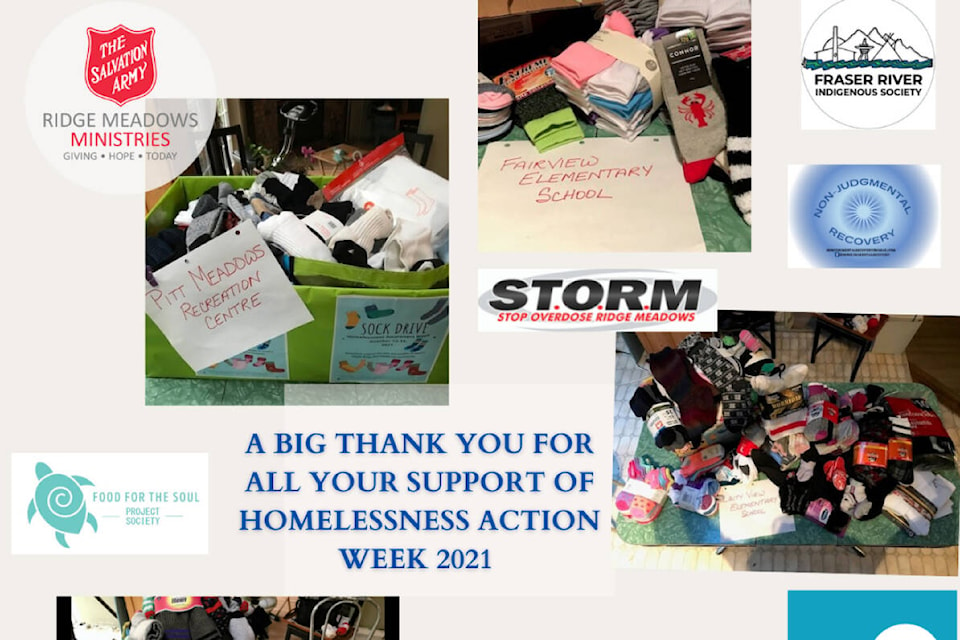LESLIE BILLINTON & CHRISTINA SHEARME
Special to Black Press Media
********************************************
Homelessness is on the rise according to the National Housing Strategy, and has been exacerbated by the COVID-19 pandemic.
Occasionally, we see heart-warming stories of people’s successful transitions from homeless to housed. But more often, they’re negative stories; people living on the streets, using substances, and the opioid crisis.
Many believe we understand who a “typical homeless person” might be and what homelessness is when in reality, there is no such thing as a “typical” person experiencing homelessness.
If nothing else, the factors that surround homelessness are emotionally charged and complex.
Homelessness can be defined simply as not having a home or is often described as “living rough.”
However, you can be homeless even if you have a roof over your head.
This broader definition includes couch surfing (living with friends or family), living with violence in the home, living apart from family, temporarily housing in a hostel or shelter, and living in conditions that negatively affect health.
Many paths lead to someone becoming homeless, people can fall in and out of homelessness throughout their lives or struggle to maintain their housing.
Things such as loss of employment, family violence, substance use, a history of physical, sexual, or emotional abuse, involvement with the child welfare systems and the current lack of affordable housing — these are a just a few things that influence the where and how of homelessness.
Living without secure housing impacts physical and mental health, safety, employment, and access to resources.
It is not unique to our community, or to B.C. And, as history shows us, it’s not easily solved within communities, provinces, Canada, or the world.
Housing is not just about four walls and a roof, there is a lot of emotion attached to housing.
Canadian law recognizes that the right to adequate housing is a fundamental human right.
It recognizes that housing is essential to people’s inherent dignity and well-being, and is essential to building sustainable and inclusive communities.
It involves attitudes, assumptions, neighbours, and communities. Understanding of the impacts of homelessness requires that we acknowledge our own awareness, knowledge, biases, and values. We must identify where this knowledge is gained from and how our experiences personally, with family, friends, and the media, have shaped this understanding.
It raises many questions, lying at the centre of much debate.
Is housing a right? Where can affordable housing be built? What housing currently exists in our community, and who has access?
What we do know is that housing is a critical part of our social infrastructure and the platform on which most other aspects of social life depend. Ongoing respectful conversations about housing must include individuals with lived and living experience of homelessness to increase awareness, reduce stigma, involve learning and lead to innovative housing solutions.
Above all, the impacts of homelessness in Canada affect the entire population.
